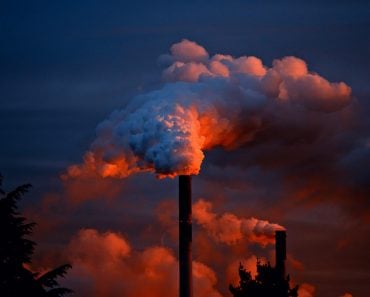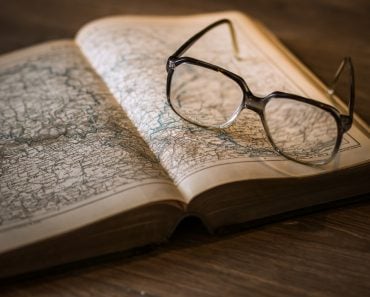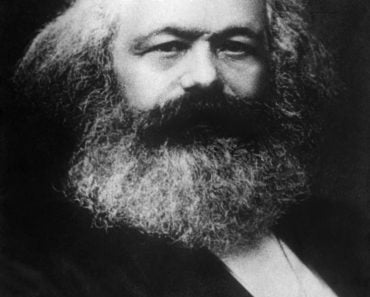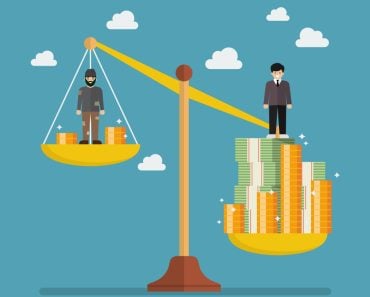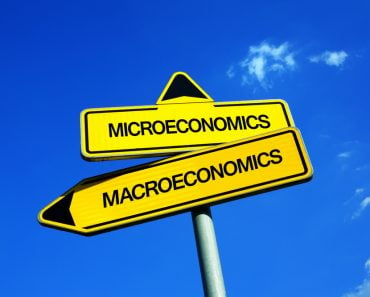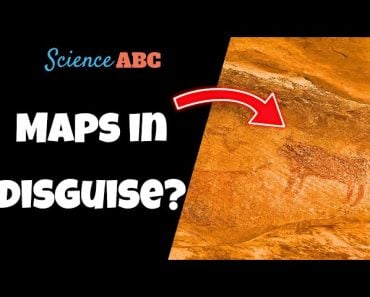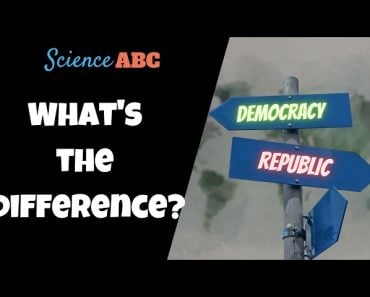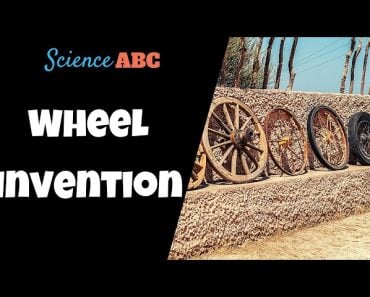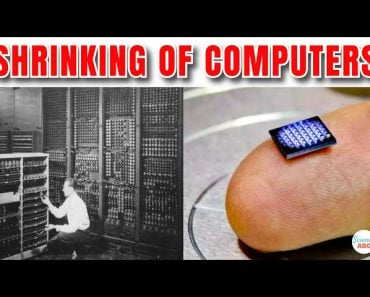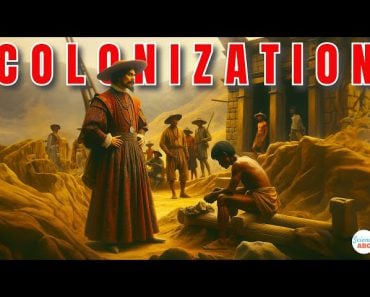Table of Contents (click to expand)
The modernization theory outlines the ways in which a premodern society becomes modern. Through five stages, it hypothesizes how capitalistic drives and new technology can make a traditional society into a modern one.
The story of human advancement spans more than 100,000 years. We started as hunter-gatherers, living in caves and voyaging endlessly to different places like nomads. This changed around 12,000 years ago, when agriculture tied humans to a settled place, giving way to larger communities and thriving civilizations.
As our population and consumption increased, new and faster methods of manufacturing were required to keep up. The total dependence on manual labor was now assisted by machines, ushering in what we know of as the Industrial Revolution.
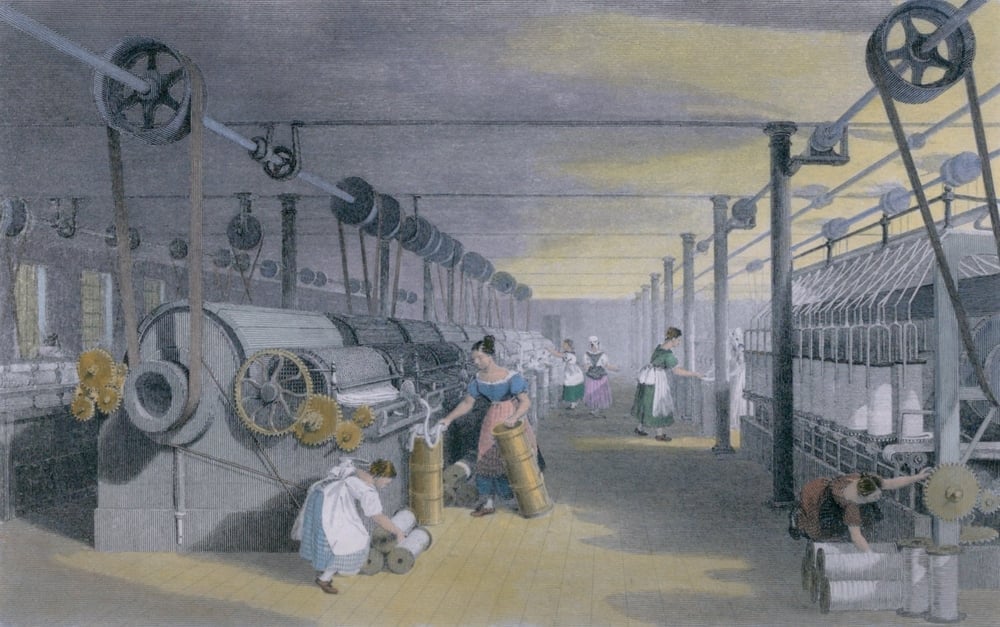
The continuous cycle of making better machines to more efficiently produce goods has resulted in much of the world we see today; increasing the standard of living of more and more people, while also modernizing more of the planet’s footprint.
Modernization theory is one of the theories that model how ‘pre-modern’ societies become ‘modern’ ones.
Recommended Video for you:
Modernization Theory
The road to constant development consists of constantly arming ourselves with new and better technology. Modernization theory attempts to understand this development of societies—a transition from a traditional to a modern society.
It explains this process by identifying the variables that take part in the social progress of a society. It tries to explain the social evolution of society by understanding how it changes and how it reacts to these changes. It takes into account the cultural and social aspects of a society that influence the adoption of new technology, namely whether a society is willing to change its traditional methods of working.
Modernization theory takes the position that modern societies are better off than traditional ones, in that modern citizens are freer and have a higher standard of living, along with the fact that modern states are more powerful and wealthier.
This theory originates from the ideas of German sociologist Max Weber and was further developed by Talcott Parsons.
They developed modernization theory and described it as a process of transition that involves the adoption of democracy with mass consumption, industrialization, urbanization, globalization, and bureaucracy.
In the book The Stages of Economic Growth, economist Walt Rostow theorizes the stages a society takes from being a traditional economy to a modern one, which is one of the major concepts of Modernization Theory.
Stages Of Modernization
Walt Rostow proposed the stages that the economy of any country takes to modernize, develop and grow. He based his model on the effectiveness of capitalism, consisting of free trade and open competition without government intervention.
Rostow’s assumptions are rooted in materialism and the belief that every society wants to become modern. Through the different stages, he tried to tackle the impulses under which traditional economies began modernizing.
He also stated that the stages may vary in length from country to country, and every condition was uncertain to occur in each stage.
The stages are:
Traditional Stage
This is the primal stage of any economy, small region or entire country. To begin with, there is no notion of a centralized nation or political system. The economy survives with the most basic agricultural methodologies and is still largely dependent on hunting and gathering.
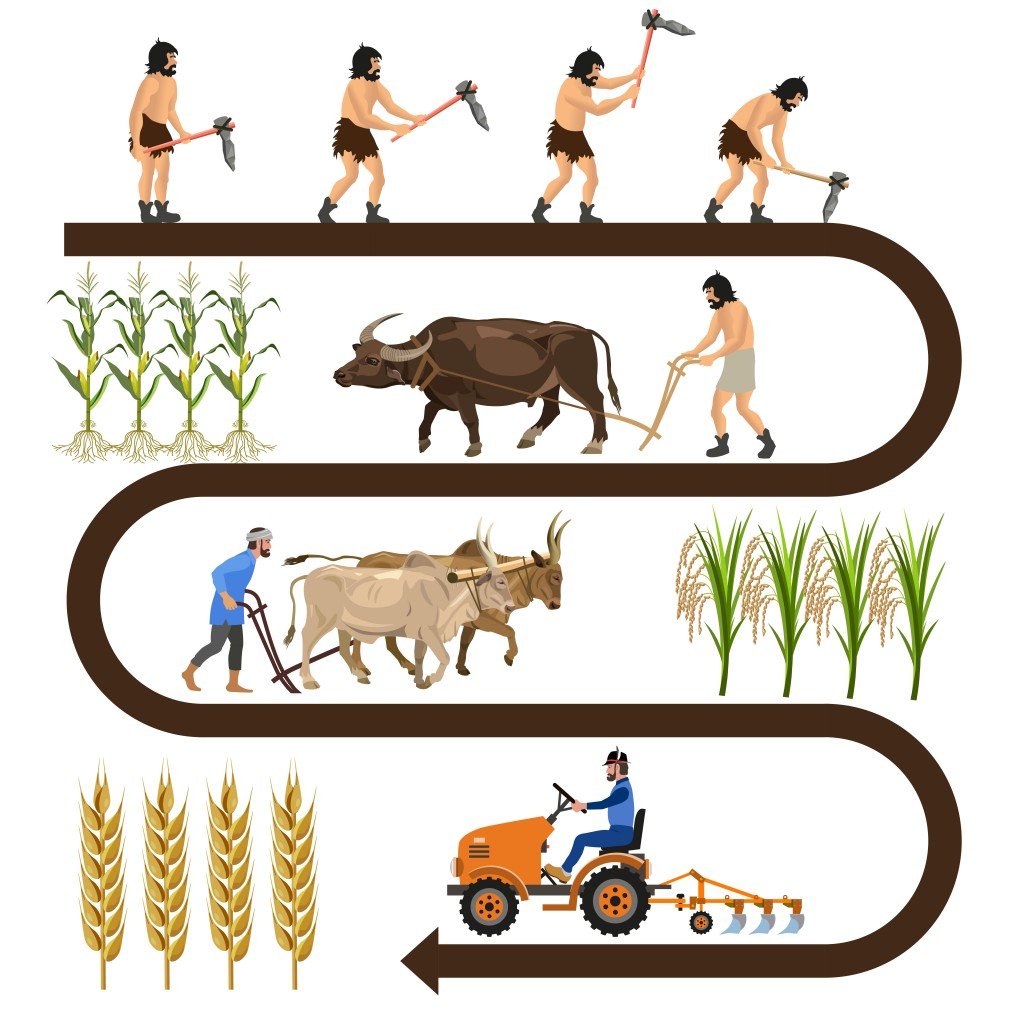
There is basic advancement in how things are made and what processes are used to make them. The absence of modern technologies makes this growth limited, resulting in a low standard of living with no individual economic mobility.
The stability of the economy is prioritized instead of change and risk, which are seen in a negative light. This is the ground-zero of society, the point from from which it begins to progress to further stages.
Preconditions For Take-off
As a society stabilizes and increases in size, there is a need for better, more productive and more efficient ways to carry out agricultural tasks. These methods are not only required for food crops, but also cash crops that need to be exported.
There is a demand for external goods and raw materials that initiates economic change. Trade becomes a factor that shifts the dynamics of traditional society, thus beginning the process of change.
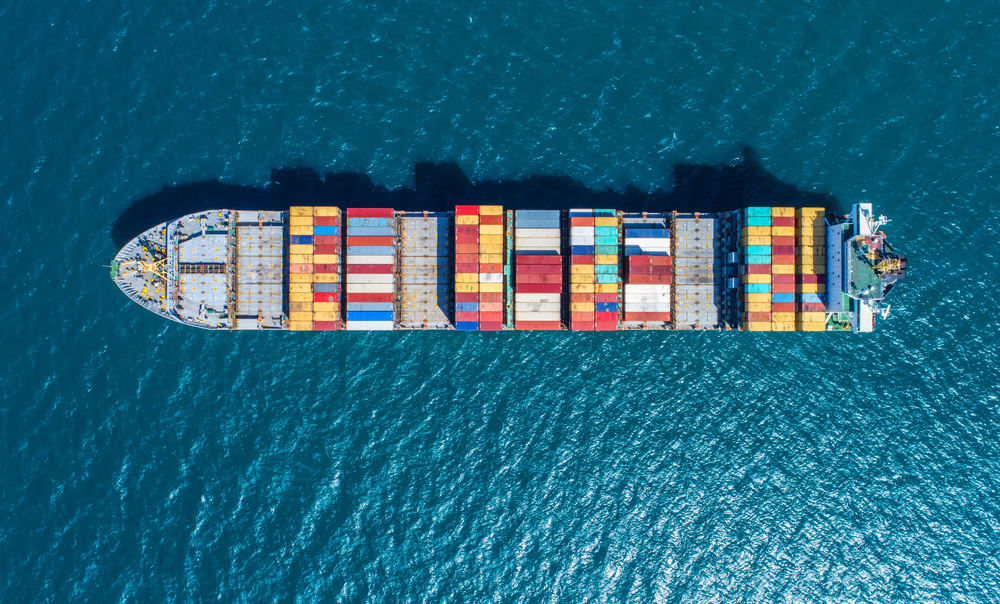
Much better approaches to governance are seen here, along with a well-established national identity that enables trust and shared economic interests. A centralized economy ensures robust mechanisms for both internal and external trade, which drives economic growth and increases individual economic mobility.
Investment in changing the physical environment becomes the norm, with major developments in agricultural facilities (irrigation, etc.), transportation (ports, railways) and built environment (institutions, houses).
Technological advances become widely accessible, with further advances being made in existing technologies.
Take-off Stage
During the take-off stage, societies become largely economy-based; instead of being driven by traditions, it is now driven by economic processes. With increased internal and external trade, globalization and urbanization increase. Industrialization further proceeds with new and constant technological breakthroughs.
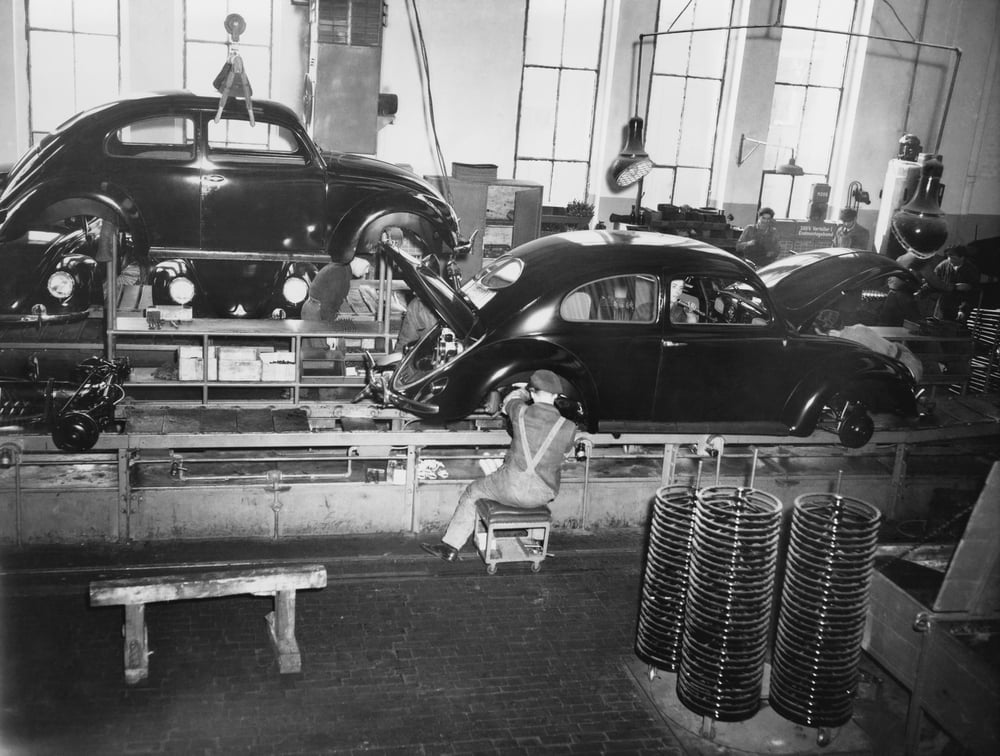
Clear industrial sectors emerge (agriculture, textile, energy, etc) and the production of secondary goods not only expands, but also becomes more prevalent than primary sectors.
Rostow lays out three major requirements that define a country as being in the take-off stage:
- The investment in production should rise from 5% to over 10% of the national income.
- There should be development and a high rate of growth in one or more major manufacturing sectors.
- As there is an impulse to expand the modern sector, institutional frameworks should emerge to provide structure, stability, and monetary impetus.
The take-off stage requires a lot of capital, which these frameworks can provide in the form of loanable funds to eager entrepreneurs. These sources could be the taxes the states collect and other fiscal measures, such as investment from domestic and foreign entities.
Drive To Maturity
After an economy takes off, there is continued growth, which is the economy’s drive to maturity. This, according to Rostow, is the stage where economies have successfully applied various modern technologies to the majority of their resources. This effort is further applied to the entire bulk of its economic activity.
The economy now finds its place in the global frontier. It produces things that it once imported and new import demands arise. As technology develops further, new sectors emerge and accelerate as old ones level off.
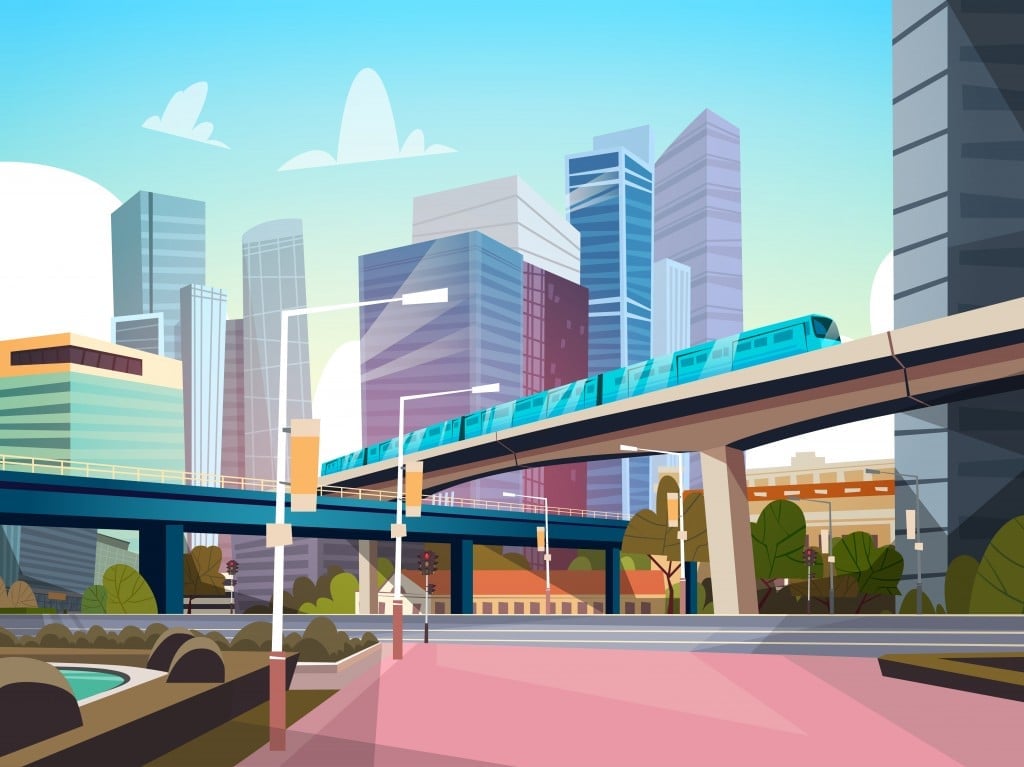
There is a shift in the workforce from agriculture to industries and technology, a decrease from 75% working in agriculture to only 20% of the working population being in the fields will usually occur. Professionalism is instilled in industries, as the character of leadership changes and workers become more skilled.
Investment in large-scale infrastructure like schools, universities and hospitals is carried out. The diversity of sectors and the jobs available in them raise the standard of living and reduce the poverty rate.
Age Of Mass Consumption
The agriculture industry takes a further backseat as new industries begin to dominate the economy. Higher individual economic mobility gives way to higher spending power for individuals, which is used for buying secondary goods for consumption.

Earlier concerns about basic survival have now basically been forgotten, as individuals are often brought up in existing wealth and comfort. Countries can now choose where to concentrate their forces, address military and security issues, tackle equality and welfare issues, or develop luxuries for its upper class.
Critics
The modernization theory is polarized in its reception. Critics argue that the theory and model do not take into account the differences between capitalistic vs. communistic societies.
Modernization theorists only see western economies as completely modern and deem other economies to be unevolved or primitive. The theory is also accused of being Eurocentric, which is somewhat fair, as the Industrial Revolution, the French Revolution and the Revolutions of 1848 are considered the beginnings of modernization.
Although the modernization theory shows the influence of technology and other social aspects on making a society ‘modern’, it fails to be a universal explanation for societal progress outside of capitalistic western societies.
References (click to expand)
- Introduction to Human Evolution - Smithsonian's Human Origins. The Smithsonian Institution
- Rostow's theory of modernization development - Academia.edu. Academia.edu
- Stages of Economic Development | American University Online. The American University
- Agricultural Development and Structural Change, Within and Across Countries - economics.mit.edu
- Rostow W. W.,& Rostow W. W. (1990). The Stages of Economic Growth: A Non-Communist Manifesto. Cambridge University Press

